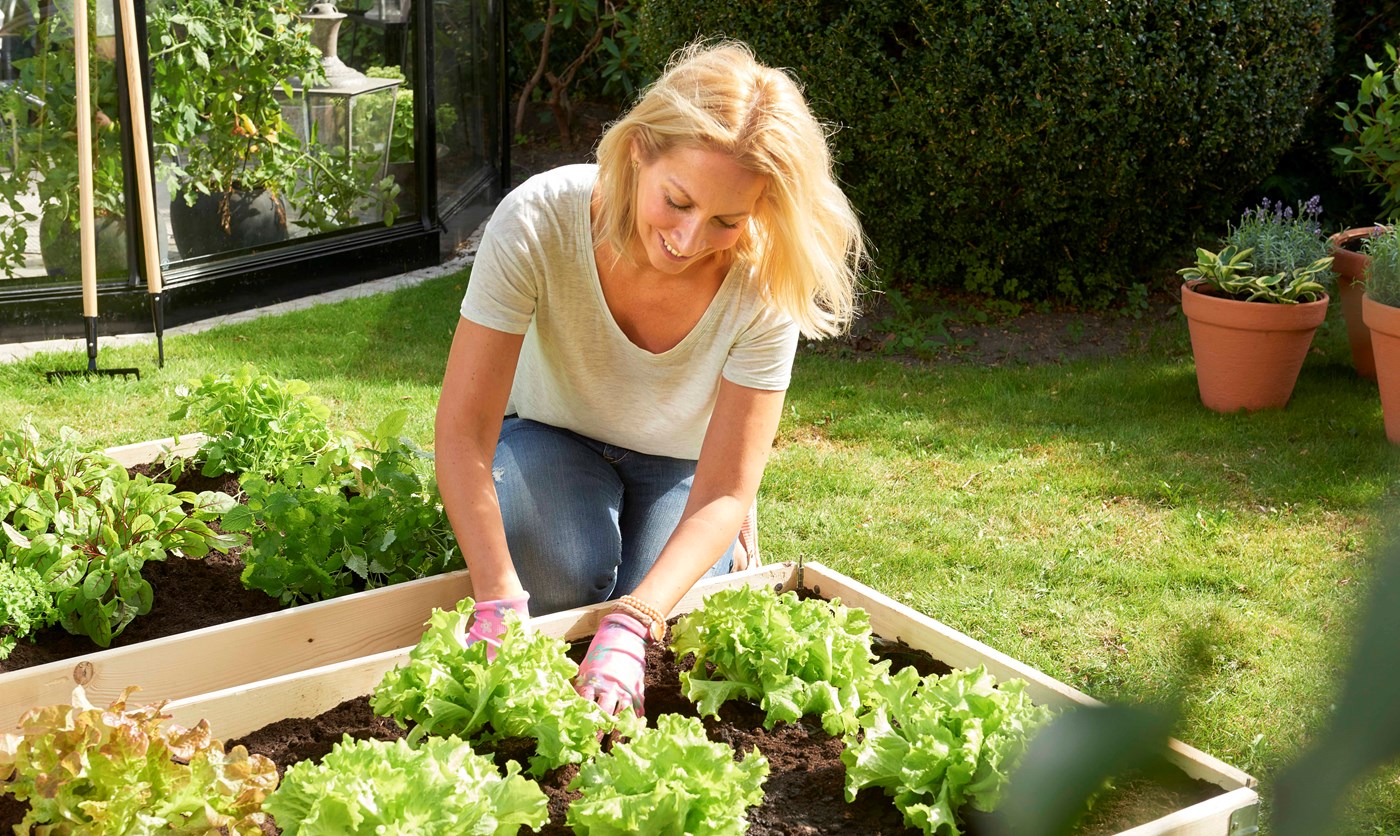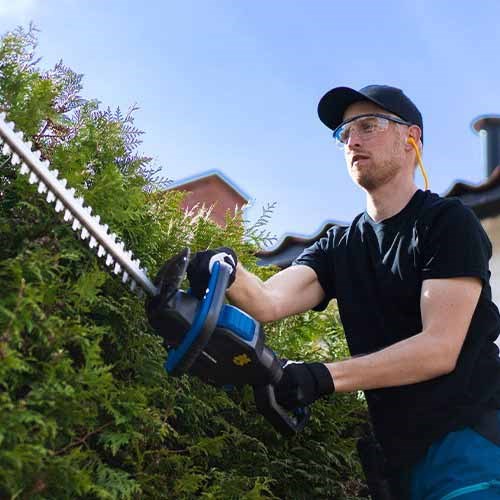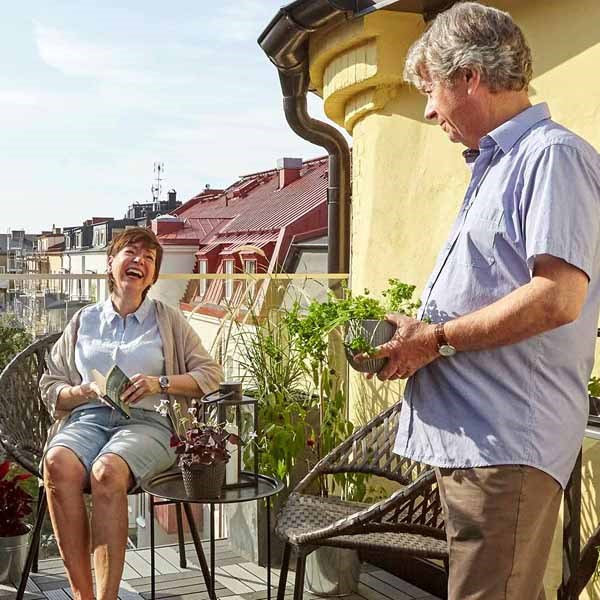Compost more!
Make your own compost
You can easily turn your garden waste and food waste into compost in 1-2 years. The compost can then be used to fertilize plants in the garden.
When creating your compost, always start by putting a layer of airy material in the bottom, such as branches or cuttings from your hedge shearing. After that, you can top up the compost with waste from your garden or kitchen. One tip is to mix the waste, so that there are no uniform layers of a particular material. You should also place animal-based waste from the kitchen, as well as sick plant parts and weeds in the middle of the compost and cover it carefully with other material. Add a few litres of garden soil or old compost from time to time, and you will speed up the decomposition.
The time it takes for the compost to be ready depends on the type of waste you have disposed of and the weather conditions. From time to time, you need to check that the contents of the compost are sufficiently moist. You can also stir the compost occasionally, this adds oxygen and speeds up the composting process.
Did you know
that the more often you turn over the compost, the faster it will be finished?
But it's a heavy job, so be careful when you do it!
What kind of compost should you choose?
Composting in a closed container
You can choose between composting in an open container or in a closed container, where the most common closed compost containers are made of plastic. The advantage of closed containers is that they look nice, especially if you have a smaller garden. If you plan to compost food waste, you should have a closed hot compost.
In addition, a closed compost container is good if you want to keep away pests, so that you can safely compost food waste without being visited by hungry small rodents. It can be difficult to move the contents of a closed compost container: try inserting a stick and make deep holes through the waste, thus adding important oxygen.
At Biltema you will find compost holders and other plant nutrients for your garden.
Composting in a pile
Composting in a pile can either take place in an open compost basket with earth contact or in a freestanding pile that is covered. The advantage of a compost basket is that you can collect all the waste in a clear and demarcated place, making it easier to keep track of. If you have your compost directly on the ground, without any container, you can cover it with leaves or straw to insulate it, thus speeding up the decomposition process.
One tip is to buy a compost cage, so you can easily collect all the waste in one place.
Take a closer look at our useful compost cages and other smart baskets and collectors for your garden.
Hot or cold compost?
So you can choose whether to buy a hot compost or a cold compost. The hot compost has thicker walls, is pest-proof and has a tight-closing lid that provides good insulation and an optimal temperature for rapid decomposition. As a result, you can also compost in winter. It is a hot compost you should have if you are going to compost food waste.
A cold compost can also have a container with a lid, but it is not as insulated or pest-proof because it is only used to compost garden waste. The cold compost is often just a pile on the ground, filled with leaves, twigs and other material from the garden. It usually takes a little more work to keep the degradation effect going in a cold compost.
What kind of waste can I compost?
It's not always easy to know what kind of material you can throw in your compost. Here we provide some examples of materials that you can compost.
- But no more than 2 decilitres per 100 litres of compost
- Bark
- Pine needles
- Feathers
- Fruit
- Branches and twigs
- Grass peat
- Waste from hedge trimming
- Hay and straw
- Earth
- Cones
- Kitchen waste
- Leaves
- Weeds
- Paper
- Stable manure
- Newspapers
Where should I place my compost?
If you have the opportunity, you should place the compost in the shade of a tree or larger shrubbery. You don't have to worry about their roots growing into the compost, because it's only good if they can take advantage of some of the nutrients.
The compost should preferably not stand in direct sunlight and wind. Too strong sunlight easily results in the compost drying out, therefore it can also be good to locate it so that you can easily reach it with the water hose.
Also, make sure it is easy to access, so that you can both easily fill it with kitchen waste and empty it for your plants. The more easily accessible you make the compost, the more chance you will succeed with your project!




